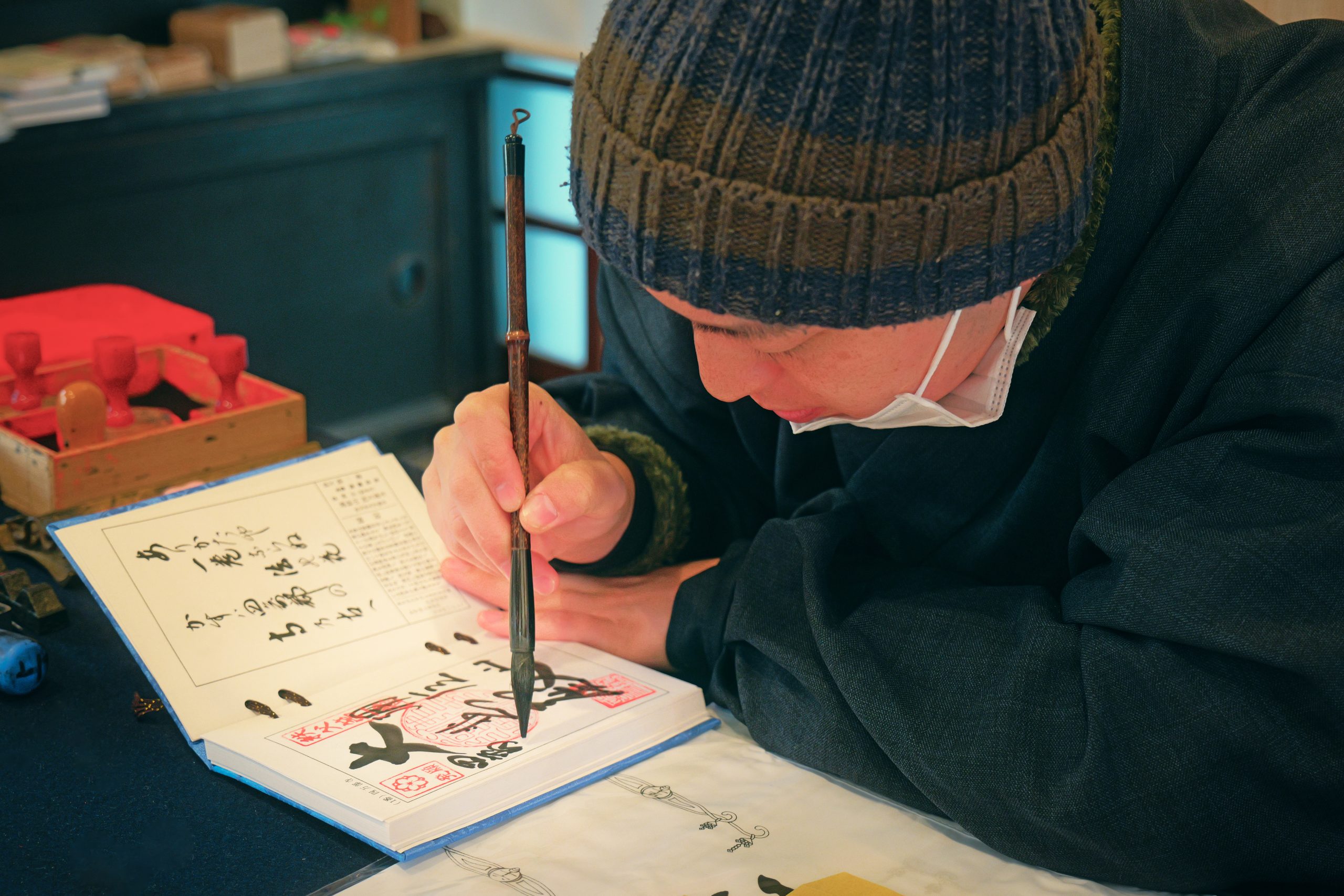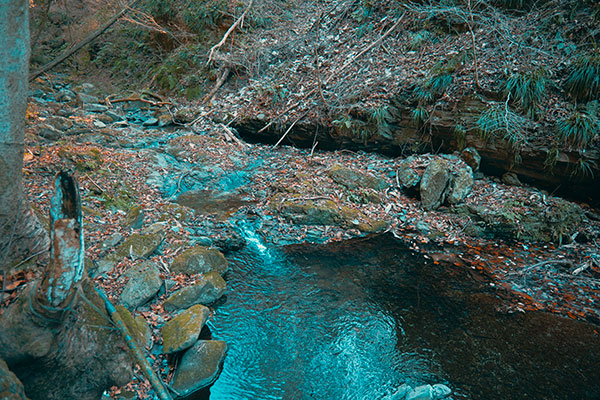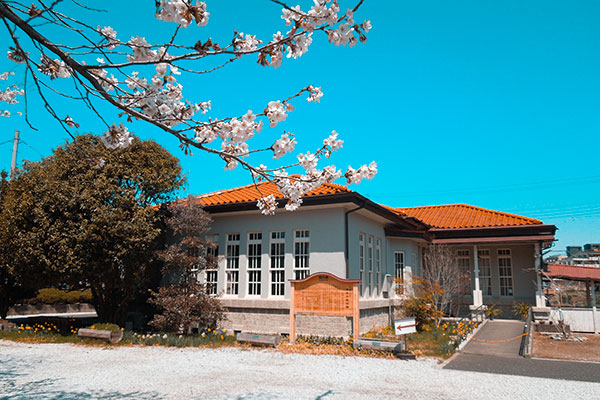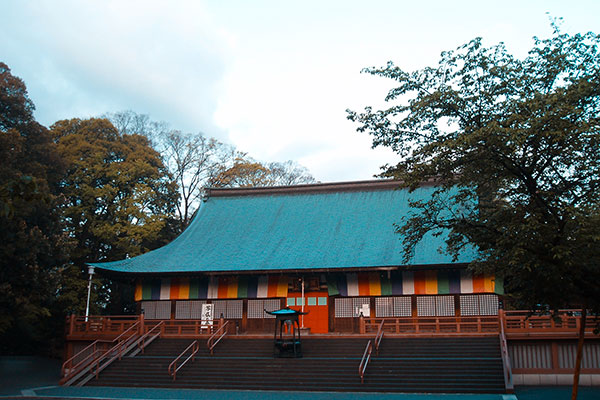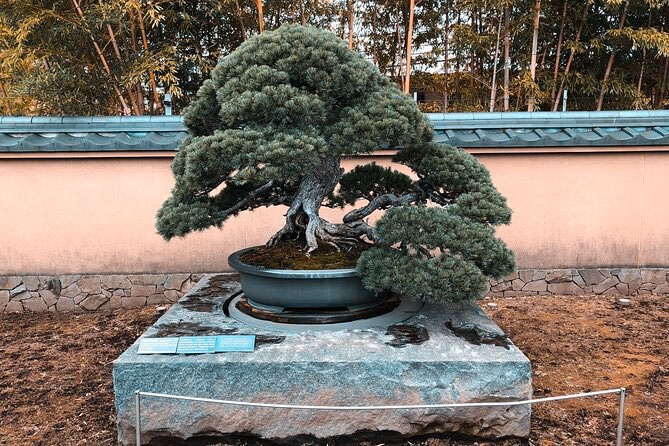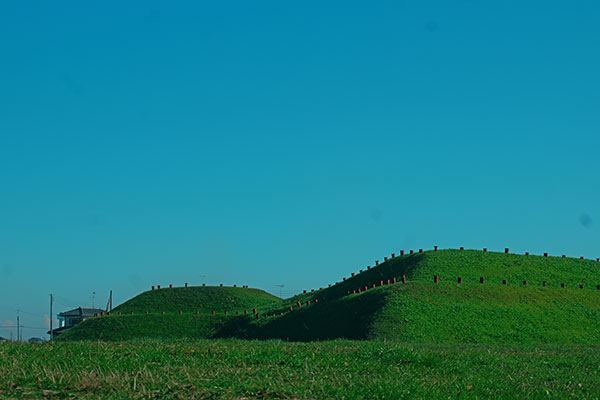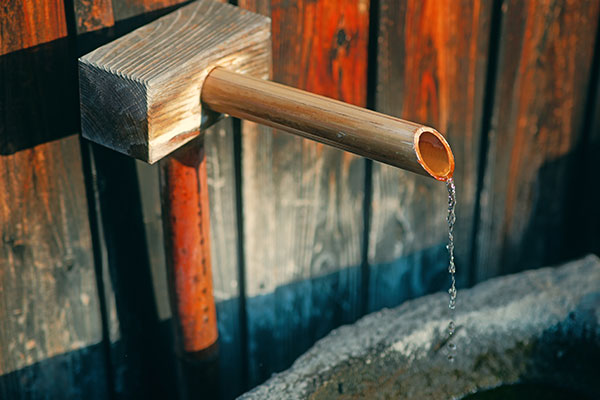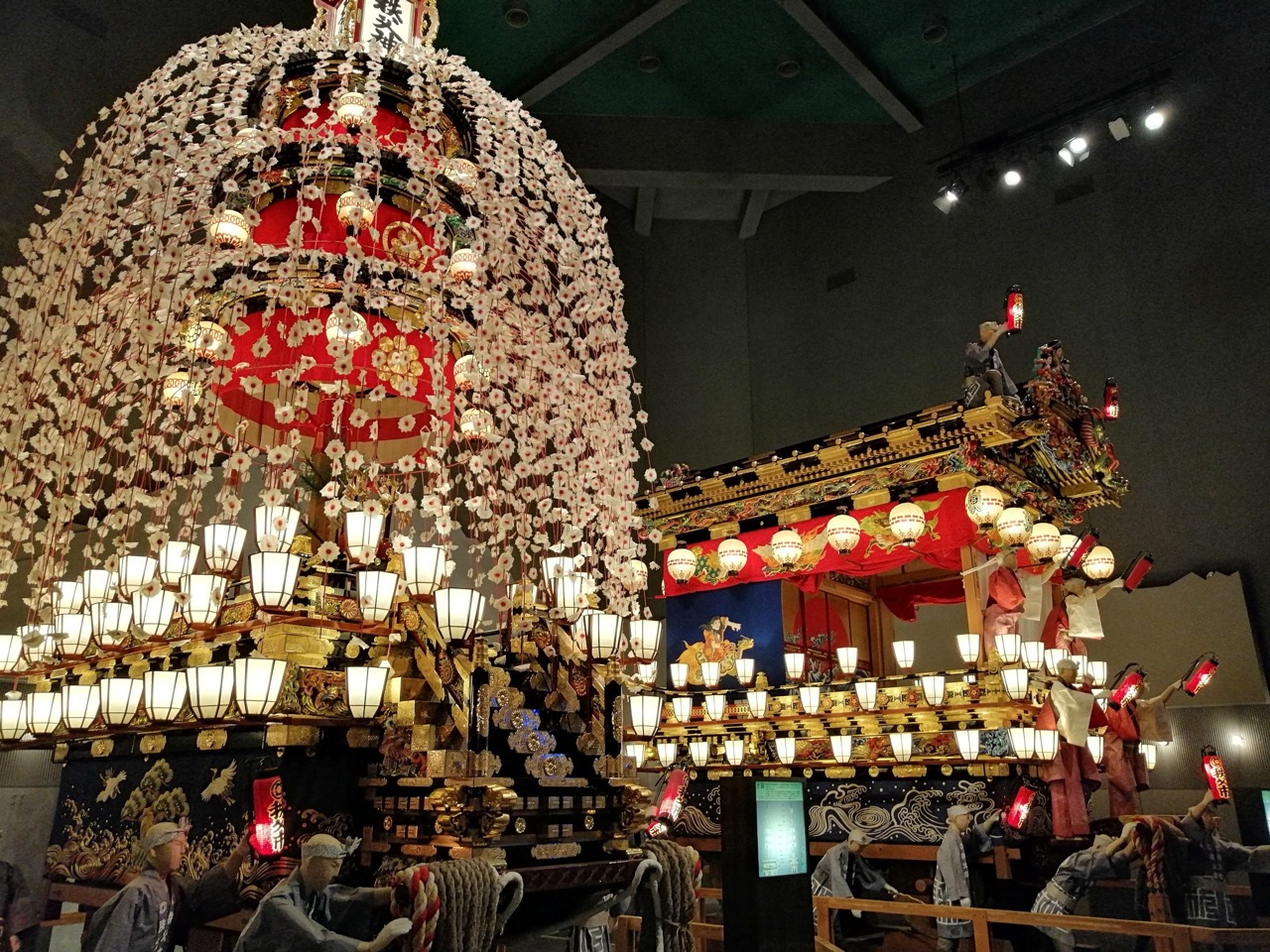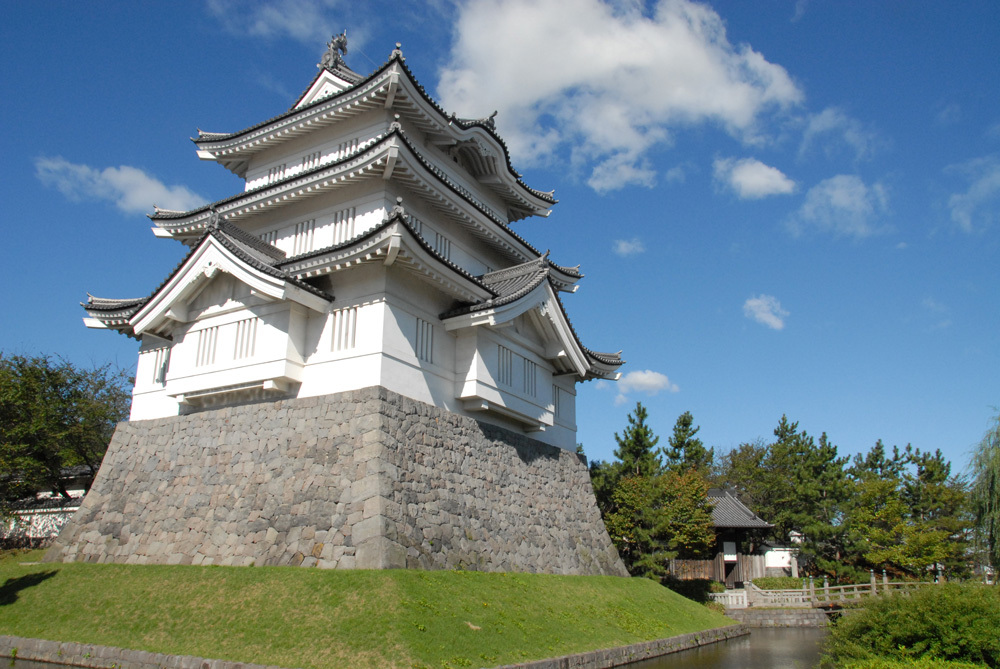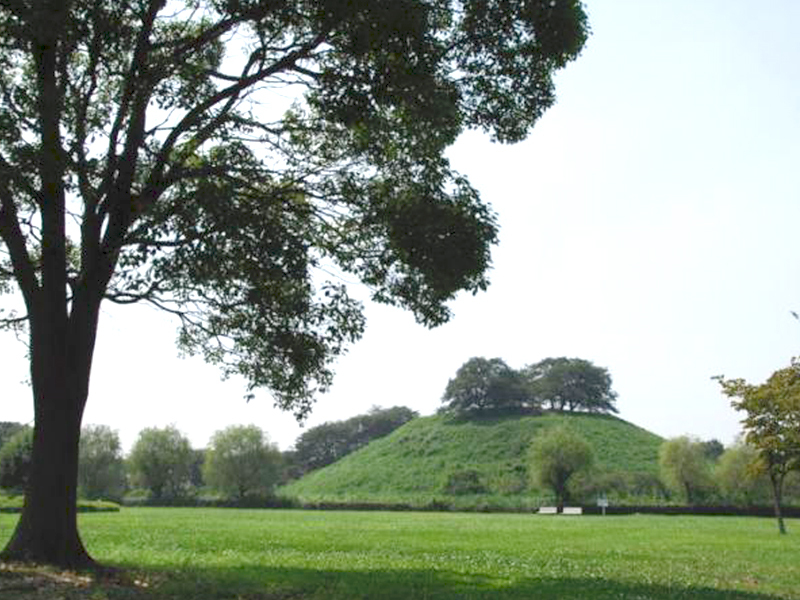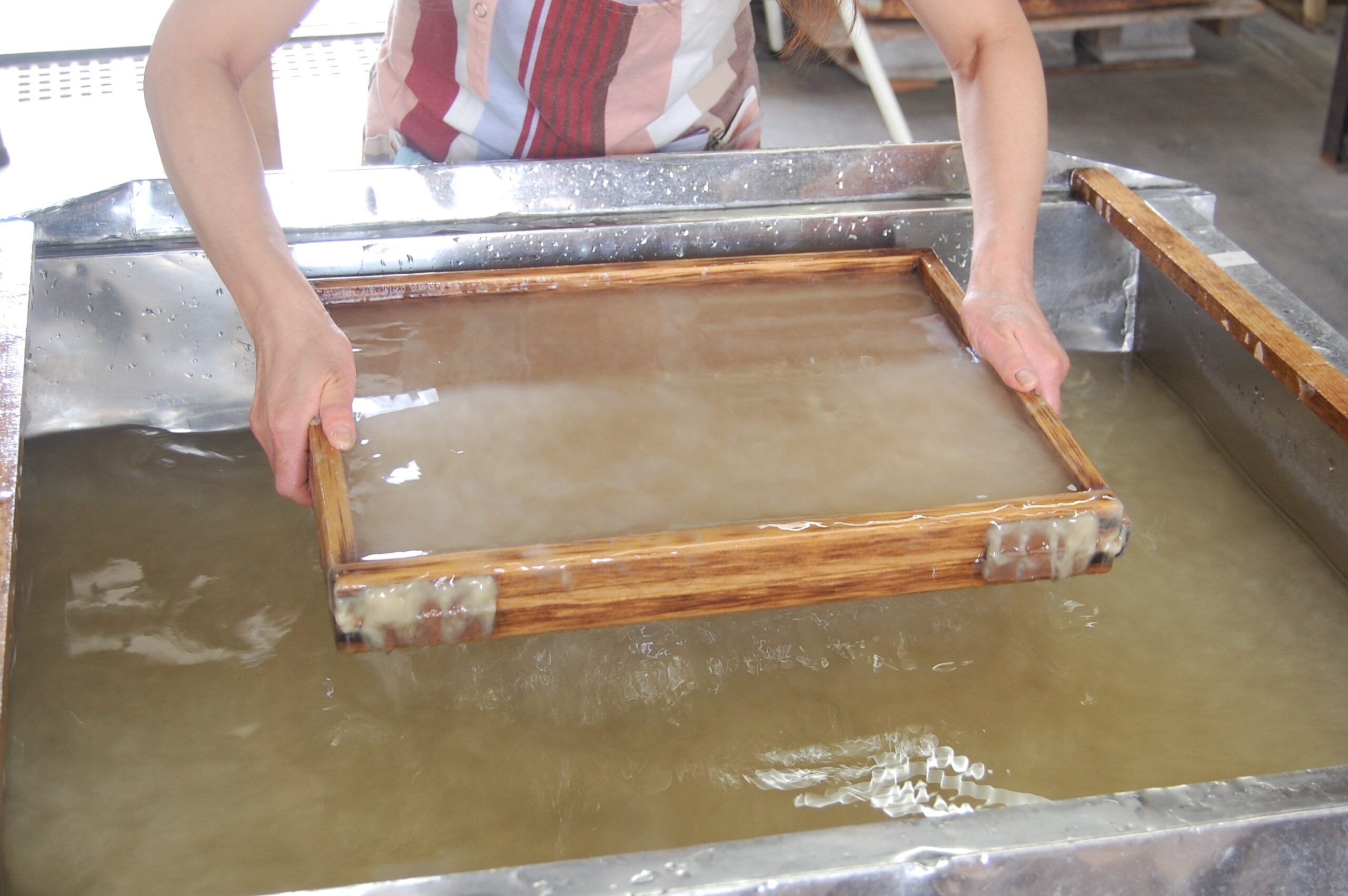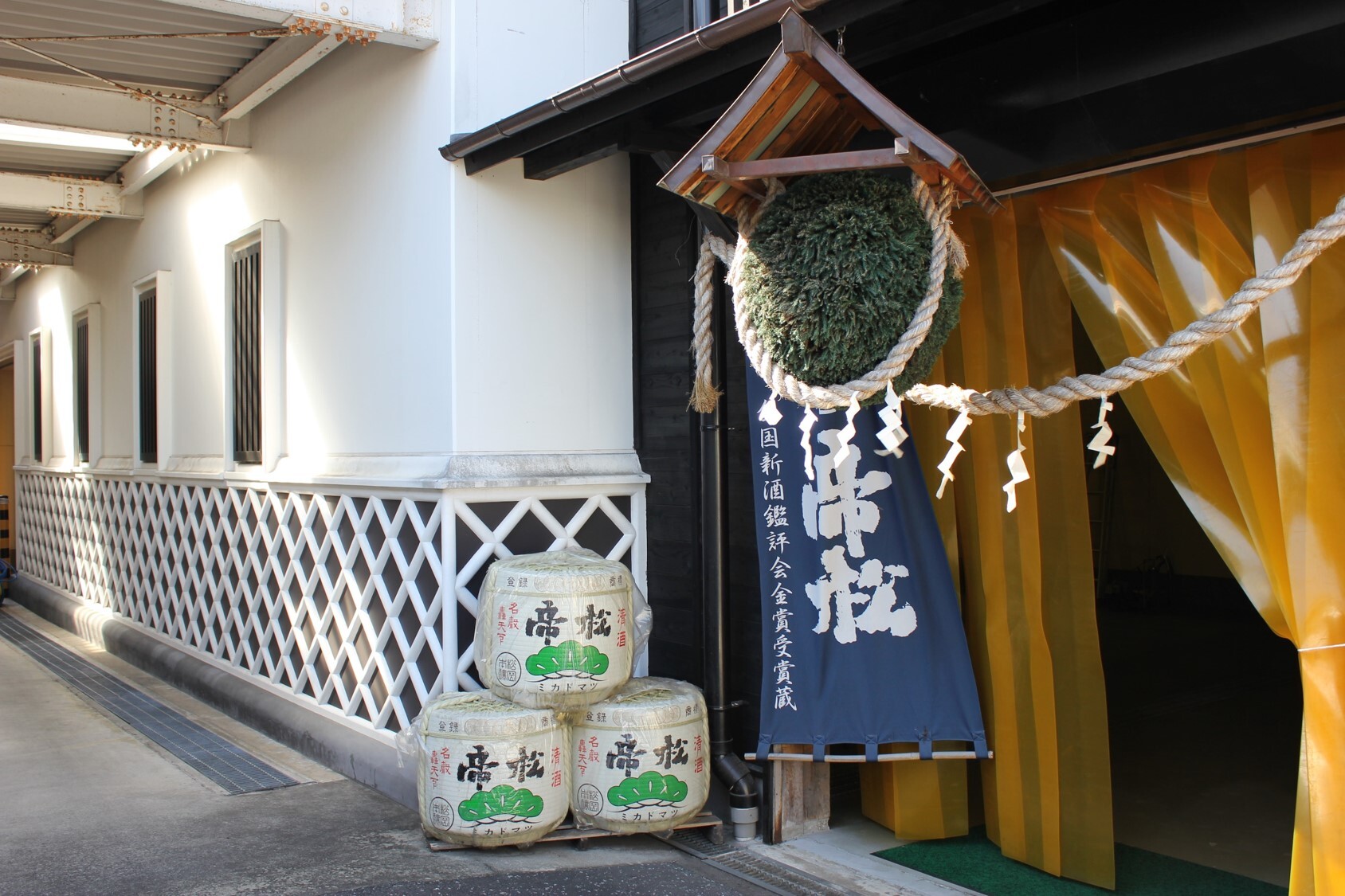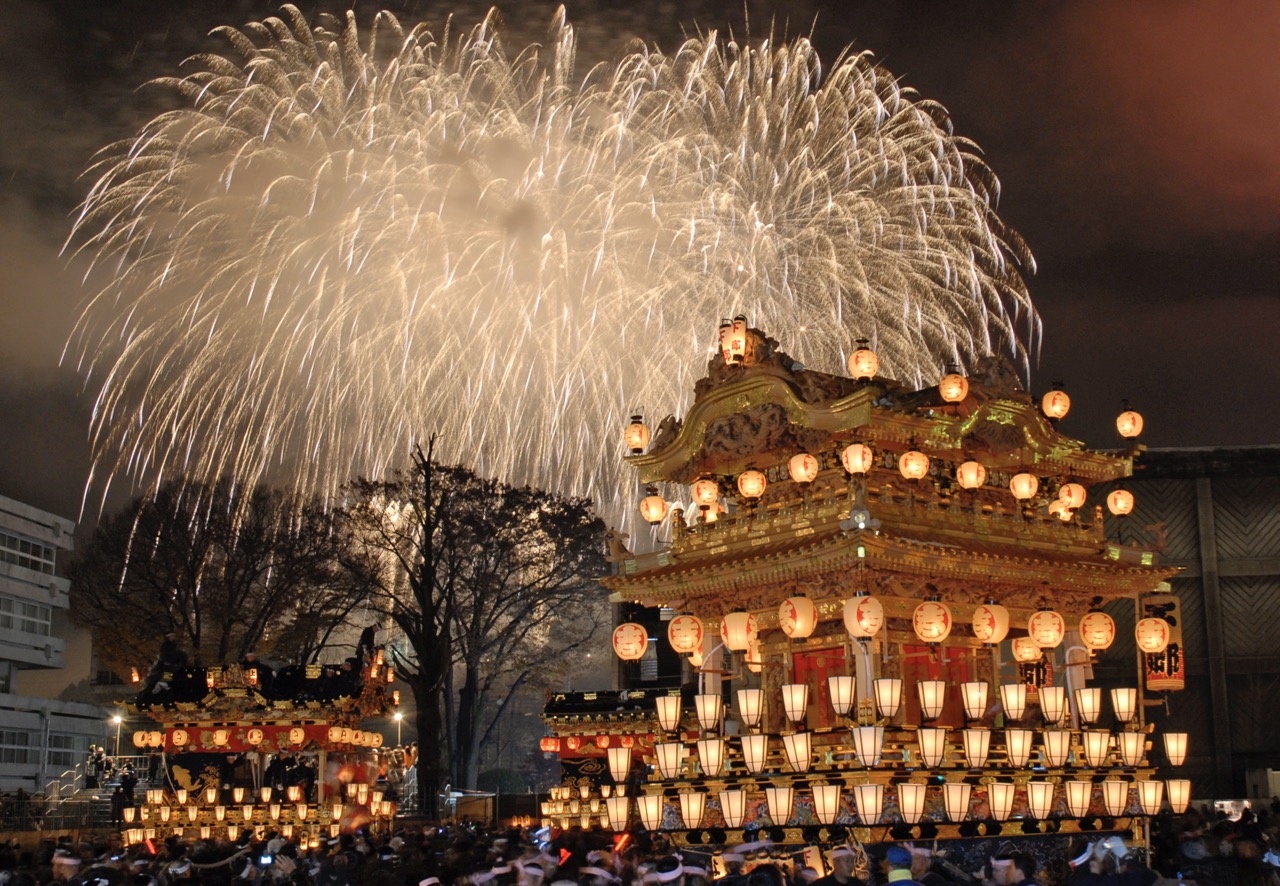Tucked away in the mountains of Saitama Prefecture, just north of Tokyo, lies a pilgrimage that has endured for nearly eight centuries—the Chichibu Fudasho (34 sacred places of the Kannon). This sacred journey, otherwise known as Chichibu Junrei, winding through rugged terrain, serene forests, and pastoral villages, offers a deeply introspective experience where devotion meets nature and history converges with the present.
Japan is a land of pilgrimages. From the well-trodden Shikoku 88 Temple Pilgrimage to the revered Saikoku 33 Kannon Pilgrimage of western Japan, the act of walking in search of spiritual enlightenment has long been embedded in the cultural fabric of the nation. The Chichibu pilgrimage, though lesser known, is no exception. A route of 34 temples dedicated to Kannon, the bodhisattva of compassion, it is part of the Japan 100 Kannon Pilgrimage, alongside the Saikoku and Bando pilgrimages.
Yet, unlike its larger counterparts, the Chichibu pilgrimage is intimate and accessible, covering approximately 100 kilometers through the hills and valleys of Chichibu, Yokoze, Ogano, and Minano. It is a route steeped in legend, where temple bells echo through cedar-lined paths and the whispers of past pilgrims seem to linger among the moss-covered stones. As Japan embraces modernity, many of its spiritual traditions remain deeply intertwined with the land itself. Walking the Chichibu pilgrimage is more than an act of religious devotion—it is a way of reconnecting with Japan’s ancient rhythms, with a landscape that has shaped the lives and beliefs of those who came before.

The Origins of the Chichibu 34 Kannon Pilgrimage
The history of the Chichibu Fudasho dates back to 1234, a time when Buddhism, Shinto, and folk beliefs intermingled in Japan’s spiritual landscape. Founded during the Kamakura period (1185–1333), an era marked by the rise of samurai culture and the spread of Zen Buddhism, the pilgrimage began as a regional devotional practice dedicated to Kannon, the representation of mercy and compassion.
By the Muromachi period (1336–1573), the pilgrimage had become an established tradition, drawing worshippers seeking divine blessings, healing, and spiritual purification. Later, during the Edo period (1603–1868), the Chichibu route became a vital alternative for those unable to undertake the more arduous Saikoku or Bando pilgrimages. At a time when travel was restricted by the Tokugawa shogunate, this local pilgrimage flourished, offering Edo-period commoners a path to spiritual merit without crossing regional boundaries.
Even today, Chichibu remains a landscape shaped by faith—its temples, stone markers, and well-worn paths stand as silent witnesses to centuries of pilgrimage. The journey continues, welcoming Buddhists, travelers, and seekers alike, regardless of religious background.

Pilgrimage Essentials: Tools of the Journey
To walk the Chichibu Fudasho pilgrimage is to engage in a tradition that spans centuries. Modern pilgrims may opt for buses or cars, yet many still choose to walk the entire route, just as their ancestors did. In preparation for this rigorous journey, pilgrims equip themselves with essential ritual items that serve as tangible expressions of their devotion:
– Nokyocho – Otherwise known as a Goshuincho, the stamp book in which each temple provides a unique red-ink seal and calligraphy inscription, marking one’s progress and spiritual journey.
– Kyohon – A sutra book containing prayers and chants, such as the Hannya Shingyo (Heart Sutra), recited at each temple to invoke divine blessings.
– Osamefuda – Small slips of paper on which pilgrims inscribe their names and personal wishes, later left at the temple as an offering.
– Oizuru – A white pilgrim’s vest, symbolizing purity and commitment during the journey.
In addition to these sacred items, it is strongly recommended that pilgrims prepare with appropriate hiking attire. The pilgrimage route, spanning approximately 100 kilometers, involves traversing uneven mountain toads and rural footpaths that can be challenging, especially under unpredictable weather conditions. Pilgrims should ensure they have comfortable, sturdy footwear designed for long walks on rough terrain. Equally important is to carry weather-appropriate clothing—lightweight and breathable for warm days, yet waterproof and wind-resistant to guard against sudden rainstorms and chilly winds. Such preparations not only enhance the physical comfort of the journey but also enable pilgrims to fully immerse themselves in the serene and sometimes rugged beauty of the Chichibu landscape.
The Temples: Marking the Pilgrim’s Path
While all 34 temples hold sacred significance, the first four temples give glimpses of what welcomes the pilgrims.
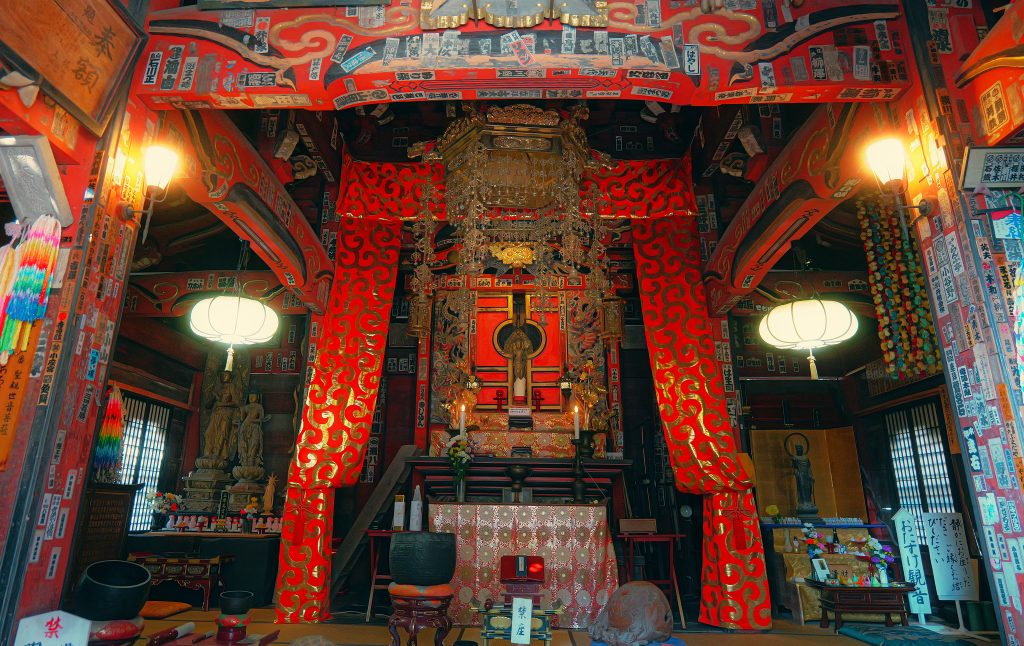
Temple No. 1: Shimabu-ji – The Pilgrimage Begins
As the first temple on the route, Shimabu-ji is where pilgrims set their intentions and prepare their hearts for the journey ahead. Founded in the late Kamakura period, this tranquil temple is renowned for its elaborate wood carvings that depict the Buddhist realms of heaven and hell. The temple’s name, meaning “Forty Thousand Scriptures Temple,” originates from the legendary tale of a monk who recited 40,000 Buddhist scriptures here, thereby creating a powerful spiritual legacy.
Shimabu-ji is also celebrated for its connection to Edo-period charitable traditions, especially with their Segaki, a ritual of Japanese Buddhism, traditionally performed to stop suffering, being recognized as one of the three major Segaki rituals performed in the Kanto region. The temple’s imposing main hall, built in 1697 and designated as a Saitama Prefectural Cultural Heritage Site, houses remarkable carvings that capture the dualities of suffering and bliss. This sacred site serves as a starting point for many pilgrimage groups who gather here to don traditional attire before setting off along the winding paths.

Temple No. 2: Shimpuku-ji – The Mountain Ascent
Following the initial temple, pilgrims ascend a steep road that leads to Shimpuku-ji, perched on the slopes of Mount Takashino. This temple is shrouded in legend; it is said that an elderly woman, overwhelmed by hardship, found solace and healing in the embrace of Kannon, inspiring the temple’s establishment. Although the original grand complex was lost to a devastating fire in 1860, the current main hall, rebuilt in 1908, continues to resonate with the spirit of renewal.
In early spring, the approach to Shimpuku-ji is graced by the delicate hues of plum and peach blossoms, transforming the mountain trail into a natural canvas reminiscent of a bygone utopia. Pilgrims pause here to reflect on the beauty of nature and the impermanence of life, embodying the true essence of Buddhist philosophy.
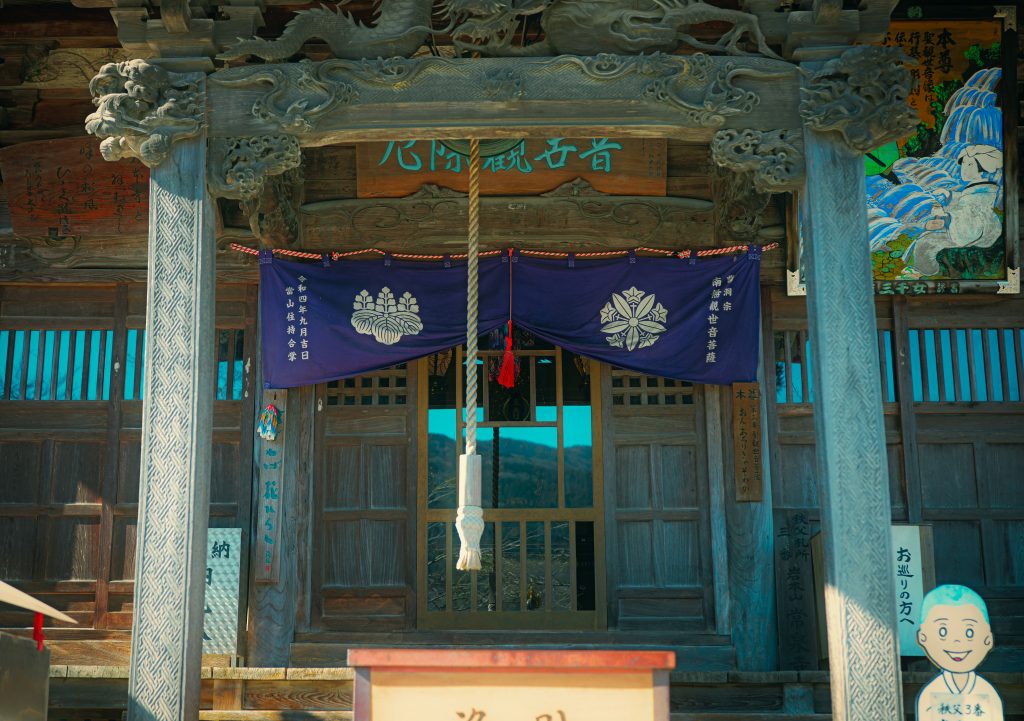
Temple No. 3: Josen-ji – The Temple of Miraculous Waters
On the path to Josen-ji, the landscape opens into serene fields where the temple’s distinctive features stand out. Josen-ji is famed for its Komochi-ishi—a sacred stone resembling a pregnant woman, believed to bless those yearning for children—and Chomei-sui, a revered spring whose waters are said to heal ailments and grant longevity.
The temple’s history is steeped in miracles and mystery. Legends recount that a devoted monk, stricken with illness, received a divine vision of Kannon who instructed him to drink from the sacred spring, leading to his miraculous recovery. This miracle gave rise to the enduring belief in the curative powers of Chomei-sui, making Josen-ji a popular stop for pilgrims seeking both physical and spiritual rejuvenation.

Temple No. 4: Kinsho-ji – The Stone Buddha Sanctuary
Kinsho-ji stands as one of the most visually arresting temples in the Chichibu circuit. Known as the “Stone Buddha Temple,” it boasts an impressive Nio-mon (guardian gate) adorned with towering guardian statues and features a sprawling collection of over 1,300 stone Buddhas arrayed throughout its grounds.
Within the temple, the Kosodate Kannon, a depiction of the compassionate deity cradling an infant, serves as a focal point for prayers concerning fertility and familial well-being. These stone figures, many commissioned during the turbulent period of the Great Tenmei Famine (1783-1787), bear the weight of centuries of grief and hope, uniting communities in their collective prayers for a better future.
Pilgrim Etiquette: The Art of Respectful Worship
Embarking on the Chichibu Fudasho pilgrimage requires more than physical endurance—it demands a commitment to ancient rituals that honor both tradition and the divine. Pilgrims are encouraged to observe the following practices:
1. Entering the Temple Grounds: Upon reaching a temple, offer a respectful bow at the San-mon[潤寺1] (mountain gate), symbolizing the start of a sacred encounter.
2. Purification: Use the Temizuya (water basin for purification rituals) to cleanse both body and spirit before entering the main temple grounds.
3. Offering and Prayer: Place a small coin in the offertory box, ring the bell, and bow deeply before the image of Kannon. Some pilgrims recite the Heart Sutra in silent meditation or aloud.
4. Receiving the Goshuin: At the designated stamp office, present your Nokyocho (Goshuincho) to receive a unique red seal that commemorates your visit.
5. Final Blessing: As you exit, turn back and offer one last bow, a gesture of gratitude for the blessings received. These time-honored rituals passed down through generations, transform the pilgrimage into a journey of inner reflection and spiritual renewal.

Japan’s Lesser-Known Pilgrimage: A Hidden Spiritual Oasis
Despite the global fame of pilgrimages like the Shikoku 88 Temple Circuit, the Chichibu Fudasho pilgrimage remains a hidden gem within Japan’s vast spiritual landscape. With just 4 out of the 34 temples introduced in this article, the rest of the 30 temples are all just as unique and deep in their heritages. Especially as all of the Kannon will be available for pilgrims to see in 2026, a once-in-twelve-year experience, the timing is near perfect. Just two hours from Tokyo, the pilgrimage offers a serene and unassuming retreat into a realm of nature and spirituality blending seamlessly.
The pilgrimage route, with its 100-kilometer circuit marked by ancient stone paths and rustic village scenes, offers a unique opportunity for introspection and renewal. As modern life rushes by, the slow, deliberate pace of this journey allows pilgrims to rediscover their inner selves, fostering a profound connection with both nature and the divine.
For those seeking an escape from urban chaos, the pilgrimage is an invitation to walk in the footsteps of generations past—to experience the transformative power of solitude, reflection, and the gentle whisper of history carried on the mountain winds. Visiting all 34 temples is not a one-day trip, but several one-day trips, making it ideal, not just for completing the route according to the pilgrims’ pacing, but for experiencing the seasonal changes the environment offers throughout the year. It is not merely a religious journey but a multifaceted exploration of Japan’s cultural, historical, and natural heritage. Chichibu Fudasho pilgrimage stands as a testament to the enduring power of faith and the quiet resilience of those who seek meaning in every step.

